CMS/DRL External Sensor Set for the ActiveThree. Use in combination with EEG and EXG channels. The cable length is 160 cm and terminates in a 4-Pin touch-proof (TP) connector. Available as either Pin or Flat type electrodes.
This CMS/DRL External Sensor Set is specifically designed for use with the ActiveThree EEG system from BioSemi B.V. CMS/DRL electrodes are used as ground and reference electrodes for EEG and EXG sensors.
CMS/DRL External Sensors come with a 160 cm cable which terminates in a 4-pin touch-proof (TP) female connector. This connector plugs into the new 4-pin touch-proof (TP) CMS/DRL labelled socket on the top of the ActiveThree (A3). CMS/DRL electrodes are available as either Pin or Flat type sensors.
One CMS/DRL External Sensor Set (ActiveThree) per pack.
Technical Specifications
- Electrode Type:
- CMS (reference): Active Electrode
- DRL (ground): Passive Electrode
- Electrode Form: Pin or Flat
- Cable Length: 160 cm
- Connector: 4-Pin Touch-Proof (TP) female connector
- Compatibility: ActiveThree, BioSemi
Application Note
CMS/DRL electrodes are no longer part of the active electrode set from BioSemi and are only available as separate sensors. When used with EEG or EXG sensors, twist the CMS/DRL sensors around the biosignal recording electrodes to minimize noise.
CMS (common mode sensor) is an active electrode sensor. DRL (driven right leg) is a passive electrode sensor. CMS and DRL electrodes create a feedback loop, which drives the average potential of the subject (the Common Mode voltage) as close as possible to the ADC reference voltage in the AD-box (the ADC reference can be considered as the amplifier "zero"). The return current is limited electronically at 50 uA. This protects the subject against excessive flow of currents due to amplifier and/or electrode defects. In addition, the circuit provides an indication (blue LED off) indicating whether such an error condition has occurred.



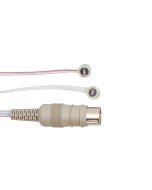
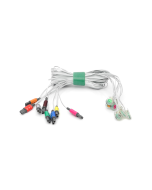
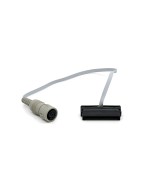

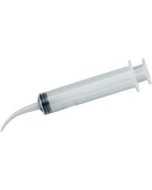



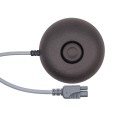

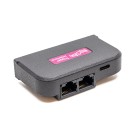
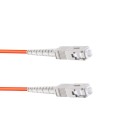
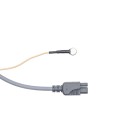
 Australia & New Zealand
Australia & New Zealand  Canada
Canada  European Union (EU)
European Union (EU)  France
France  Germany
Germany  Japan
Japan  Switzerland
Switzerland  USA
USA  International
International